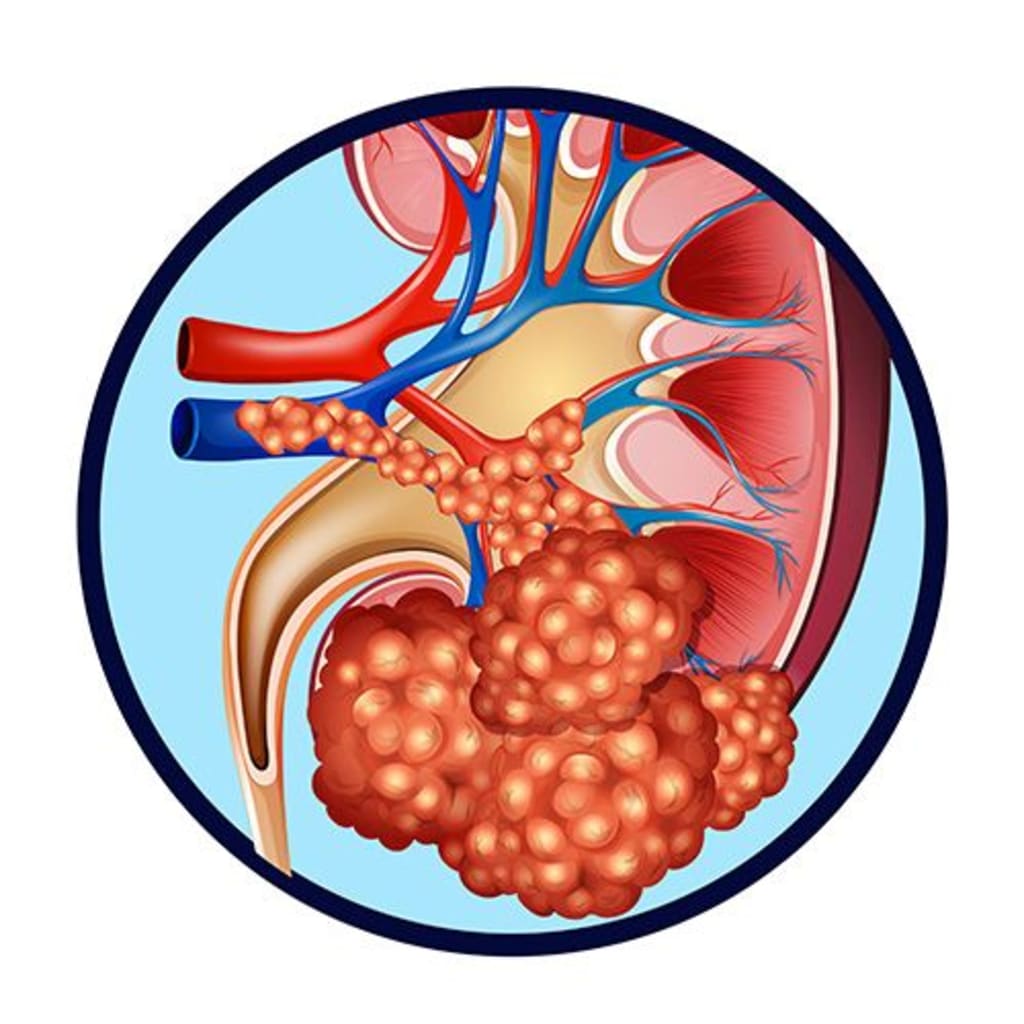Kidney cancer: 6 stages of this deadly disease
Understanding the 6 Stages of this Deadly Disease

Kidney cancer, a devastating and potentially life-threatening disease, poses a significant health challenge worldwide. Understanding the six stages of kidney cancer is paramount for early detection, accurate diagnosis, and effective treatment planning. In this comprehensive article, we will explore each stage in detail, shedding light on their distinct characteristics, symptoms, and treatment options. Join us as we delve into the depths of this deadly disease to provide valuable insights for patients, caregivers, and healthcare professionals.
- Stage 0: Carcinoma in Situ - Early Identification and Management
Stage 0 kidney cancer, also known as carcinoma in situ, represents the earliest detectable stage of the disease. At this stage, cancerous cells are confined to the inner lining of the kidney and have not spread to nearby tissues or lymph nodes. Typically, stage 0 kidney cancer is incidentally discovered during imaging tests or surgeries conducted for unrelated conditions.
Early detection is crucial for effective management of stage 0 kidney cancer. Treatment options generally involve surgical removal of the affected tissue through procedures like nephrectomy or partial nephrectomy. Prognosis for patients diagnosed at this stage is generally favorable, as the cancer is localized and has not spread to other parts of the body.
- Stage I: Localized Tumor Growth
Stage I kidney cancer signifies the growth of a localized tumor within the kidney. The tumor size remains relatively small, typically measuring up to 7 centimeters in diameter. At this stage, cancerous cells have not invaded surrounding tissues, lymph nodes, or distant organs.
Common symptoms of stage I kidney cancer include blood in the urine, back pain, or the presence of an abdominal mass. Surgical removal of the tumor, such as radical nephrectomy or partial nephrectomy, is the primary treatment method for stage I kidney cancer. In some cases, targeted therapy or immunotherapy may be recommended as adjuvant or neoadjuvant treatments to enhance the effectiveness of surgery.
- Stage II: Increased Tumor Size with Limited Spread
Stage II kidney cancer indicates a larger tumor size than stage I, potentially exceeding 7 centimeters in diameter. At this stage, the tumor may extend beyond the kidney but remains confined to the surrounding tissues. There is still no evidence of cancer spread to lymph nodes or distant organs.
Symptoms of stage II kidney cancer may include flank pain, weight loss, fatigue, and persistent fever. Treatment options for this stage are similar to stage I and typically involve surgical removal of the tumor. In certain cases, targeted therapy or immunotherapy may be recommended to shrink the tumor before surgery, improving the chances of successful tumor resection.
- Stage III: Locally Advanced Kidney Cancer
Stage III kidney cancer represents the spread of cancer beyond the kidney and its surrounding tissues. At this stage, the tumor may invade nearby lymph nodes, adrenal glands, or other structures within the abdomen. However, cancer cells have not yet metastasized to distant organs.
Symptoms of stage III kidney cancer may include enlarged lymph nodes, persistent pain, anemia, and unexplained weight loss. Treatment options may include surgery, targeted therapy, immunotherapy, or a combination of these approaches. In some cases, radiation therapy may be utilized to target specific areas affected by cancer.
- Stage IV: Metastatic Kidney Cancer
Stage IV kidney cancer represents the most advanced stage of the disease, characterized by cancer cells spreading to distant organs such as the lungs, liver, bones, or brain. Metastatic kidney cancer poses significant challenges in treatment and requires a comprehensive approach.
Common symptoms of stage IV kidney cancer include severe pain, shortness of breath, bone fractures, and neurological symptoms. Treatment options for stage IV kidney cancer may include surgery, targeted therapy, immunotherapy, radiation therapy, or systemic treatments such as chemotherapy. Palliative care plays a vital role in managing symptoms and improving the patient's quality of life.
- Recurrence: Monitoring and Continued Treatment
Kidney cancer can recur even after successful treatment. Regular follow-up appointments, including imaging tests and blood work, are crucial to detect any signs of recurrence at an early stage. Treatment options for recurrent kidney cancer depend on various factors such as the location and extent of recurrence, previous treatments, and overall health status.
Understanding the six stages of kidney cancer is paramount for timely diagnosis, effective treatment, and improved patient outcomes. Each stage presents unique challenges, requiring tailored approaches for optimal management. Early detection and intervention significantly increase the chances of successful treatment and long-term survival. If you experience any symptoms associated with kidney cancer, it is essential to consult a healthcare professional promptly for proper evaluation and care.
About the Creator
Enjoyed the story? Support the Creator.
Subscribe for free to receive all their stories in your feed. You could also pledge your support or give them a one-off tip, letting them know you appreciate their work.





Comments
There are no comments for this story
Be the first to respond and start the conversation.